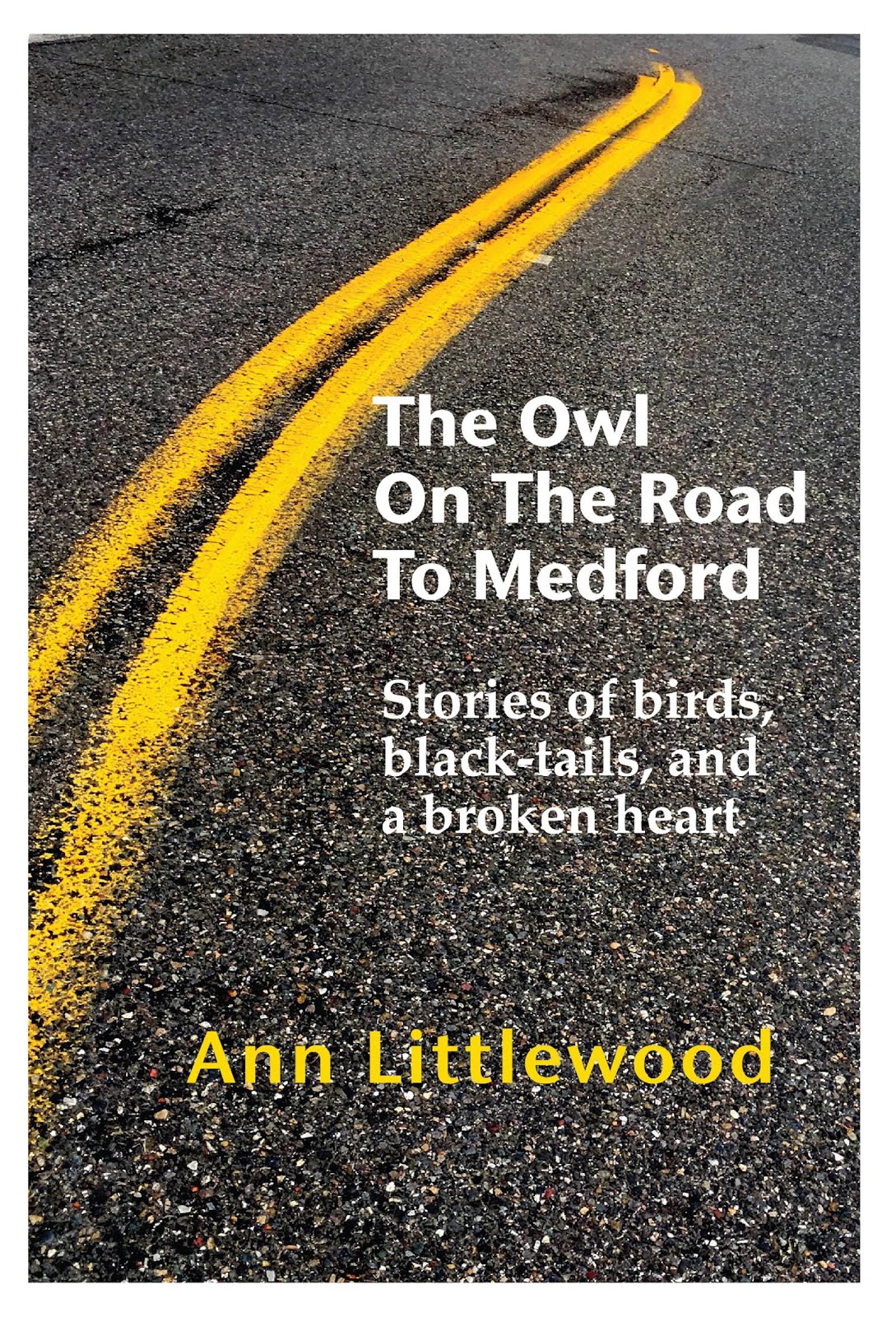Spencer is a heavyweight, author of the wrenching Endless Love (don't hold the infamous movie against it), A Ship Made of Paper, and other well-received novels. His online biographies are cryptic, but reveal that he has taught writing at Columbia University and the University of Iowa Writers' Workshop, among other venues.
And write he can. Paul is a carpenter committed to an authentic, honest life. He finds a man abusing a dog at an isolated park. Their interchange escalates to a fist fight, and Paul's punch to his throat kills the other man. Abruptly a murderer, Paul takes the dog and flees for home.
"The brown dog sitting next to him, whom Paul has already named Shep, is salivating anxiously and shedding fur at a prodigious rate. The dog is clearly falling apart, but he is trying to keep his dignity. He is like a minor character in a Mafia movie who knows he is being taken for a ride from which he is never going to return, but who has for so long subscribed to the code that ordains his very undoing that it is beneath him, or beyond him, to protest."
We watch as Paul struggles to move past his new knowledge of himself, aided by his beautiful lover Kate, a successful author of a Christian book. Her young daughter, Paul's best friend, and Kate herself find their lives slowly distorted by his blood sin. Spencer uses multiple points of view to show police searching the cul de sacs of the victim's life, led and misled by patient sleuthing and by information discovered by chance, as well as the perspectives of a few who knew the victim.
Paul and Kate are concerned parents, successful in their work, generous to their friends and relatives, thoughtful and kind. Does that matter? Does right living offer a pass on murder? Spencer engages us in the aftermath of crime, exploring the implications that conventional crime fiction usually eschews.
I have but one quibble about this fine book. In a vivid, sad scene, Shep discovers a snake in the house. It's a large but harmless rat snake. Kate is terrified. Paul, who loves the woods and engages in the natural world with joy, feels he has no choice but to kill it and does so, with reluctance. The dead snake is tossed into the bushes and doesn't come up again in the story. What have we here? A heavy-handed metaphor about Eden? Spencer is surely too subtle for that. A second proof that Paul comes up short on problem solving and turns to violence? My reading of Paul is that he would have the wit to pin the snake, grab it behind the head, and toss it outside alive. Perhaps that is the point--he didn't take less lethal action. But he acted like a city person and not the woodsman we are led to believe he is. (If you are snake-averse, skip pages 143-147, but don't skip the book.)
The cliche "complex, fully-rounded characters" is where Spencer begins. Read The Man in The Woods for the wonderful people, for their terrible dilemma, and for the gorgeous language.

Shep?









